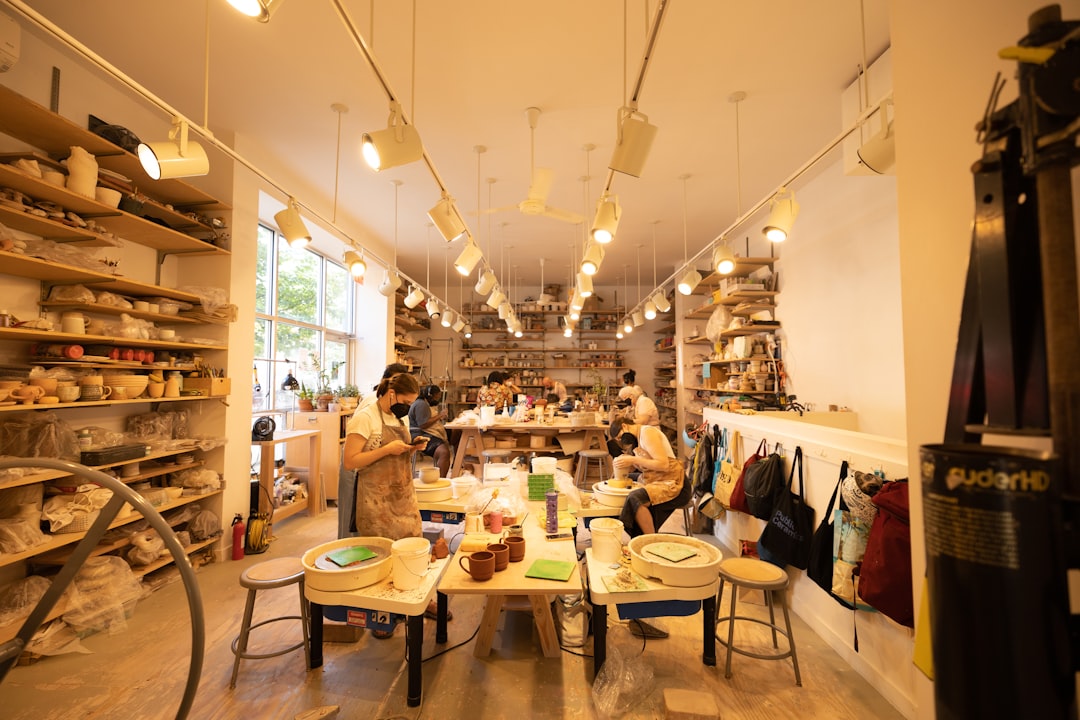Rammed earth construction has been around for centuries and is gaining popularity as a sustainable building material in modern times. Rammed earth, also known as pisé or pise, is a technique where soil or earth is compacted into solid walls using wooden or metal forms. This method is not only environmentally friendly but also offers numerous benefits for sustainable construction projects.
One of the main advantages of using rammed earth in sustainable construction is its low environmental impact. Since the materials used are typically sourced locally, transportation costs and carbon emissions are minimized. Additionally, rammed earth walls have high thermal mass, meaning they can absorb and store heat during the day and release it slowly at night, reducing the need for additional heating or cooling systems. This can result in significant energy savings and a smaller carbon footprint for the building.
Rammed earth structures are also highly durable and long-lasting. When properly constructed, rammed earth walls can withstand the elements, including fire, water, and pests. They require little to no maintenance and have a lifespan of hundreds of years, making them a sustainable choice for long-term building projects. In fact, there are rammed earth buildings that have been standing for centuries, showcasing the material’s resilience and strength.
Another benefit of using rammed earth in sustainable construction is its aesthetic appeal. Rammed earth walls have a warm, earthy appearance that blends seamlessly with natural surroundings. The unique texture and color variations of rammed earth can create a visually striking and organic look for buildings, adding to their charm and character. Incorporating rammed earth into a construction project can enhance the overall design and create a welcoming and eco-friendly living or working space.
Furthermore, rammed earth construction is cost-effective compared to conventional building methods. The materials required for rammed earth walls are usually inexpensive and widely available, making it an affordable option for sustainable construction projects. Additionally, the simple construction process of rammed earth walls can reduce labor costs and construction time, making it a practical choice for builders and developers looking to save money without compromising on sustainability.
In conclusion, the benefits of using rammed earth in sustainable construction are numerous and diverse. From its low environmental impact and energy efficiency to its durability and cost-effectiveness, rammed earth is a versatile building material that offers a sustainable and attractive alternative to traditional construction methods. By incorporating rammed earth into building projects, architects, builders, and homeowners can create environmentally friendly and aesthetically pleasing structures that stand the test of time.

